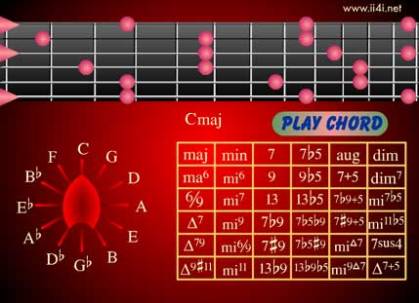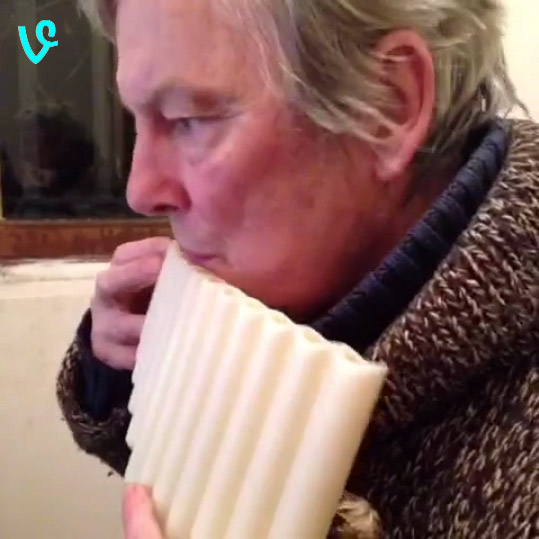That’s right. What indeed? MOVES notation is a single-line notation. It notates melodic ideas. Its aim is simple and single-minded. To get you playing like singing in the shower. You can go on to more complicated stuff after you master this.
Most improvisation methods draw on so many sources – chord theory, scales, modes, licks and patterns – that conflicts and hesitations are almost built-in. When you are playing with chord changes, do you need to have the chord chart in front of you? Do you relate the name of the chord to your choice of note and let your ear take it from there? There are so many possible approaches, is your plan to go through the formulas one by one to create variety? Plus, the improvising process gets complicated by so many heterogeneous inputs, and further clouded by doubts such as
- Do I sound modern enough?
- Why do I keep playing the same thing?
- There must be other scales I can play on this
- Why can’t I play more outside?
- That’s too derivative, etc etc
How can you create a thing of beauty with all that going in your head? So the purpose of MOVES notation is to train you to listen to just one inner voice, and to train that inner voice to be the sole pilot of your instrument, unencumbered by doubts and feverish calculations. Now, that doesn’t mean harmony is irrelevant. Far from it. But that harmony has to be in your Inner Ear first before you can say anything meaningful about it on your horn. And that means training your melodic muscle to respond to what you hear.
For those of you who want to get started but have no access to a piano or guitar to help you hear those chords, here is a chord selector I made years ago. Just turn the dial at left, select your chord qualtiy and hit “play chord”. Then try singing along with the chord. Above all don’t think of this as a test! As Duke Ellington famously said: “If it sounds good, it is good.” The purpose is to get your ear responding to that harmony and piloting your voice. It is about getting the rider into the saddle. Only that way will you ever play convincing music on your horn.
Or failing that, do what Charlie Mingus was advised to do when he started out. Play along with the radio!
And remember to check out the MOVES page and leave your comments here!
Follow me on Twitter @jazzpanflute







